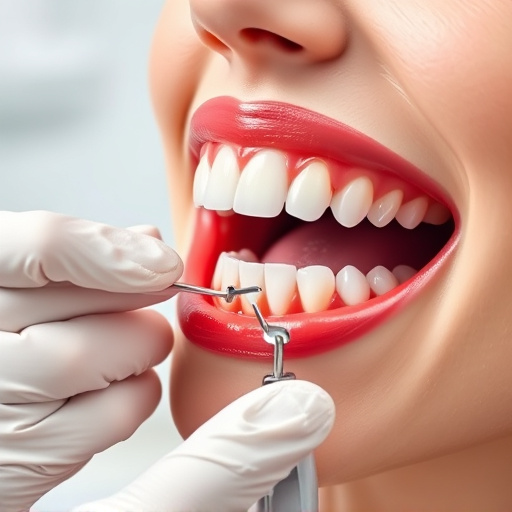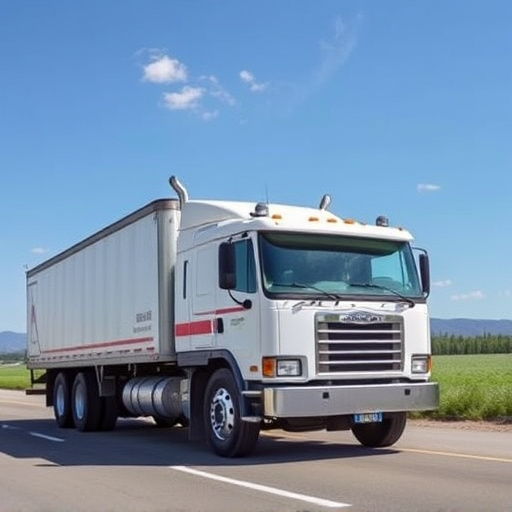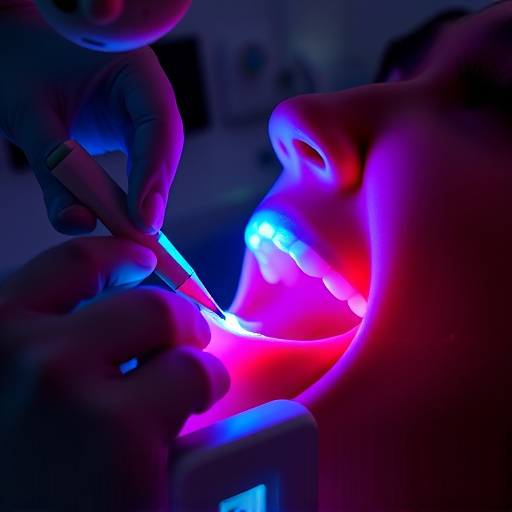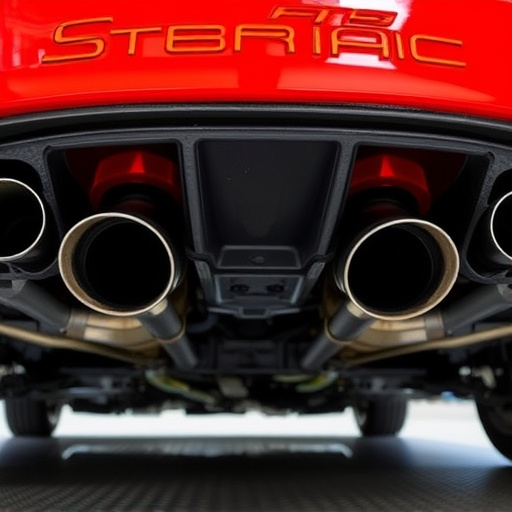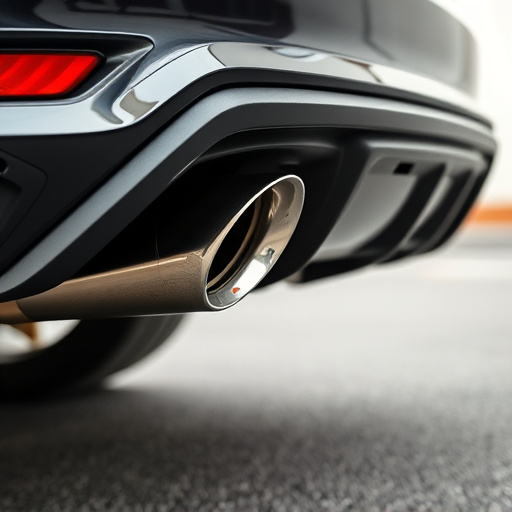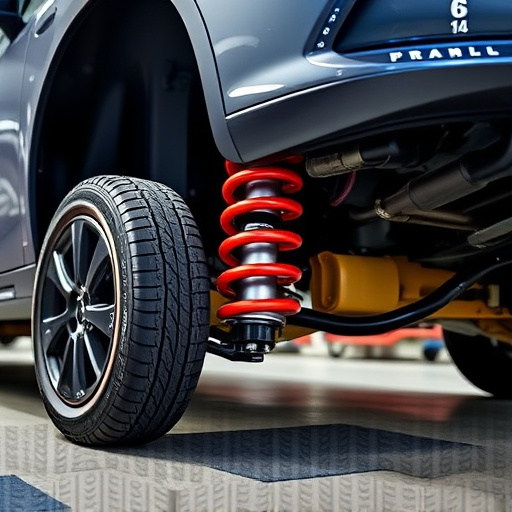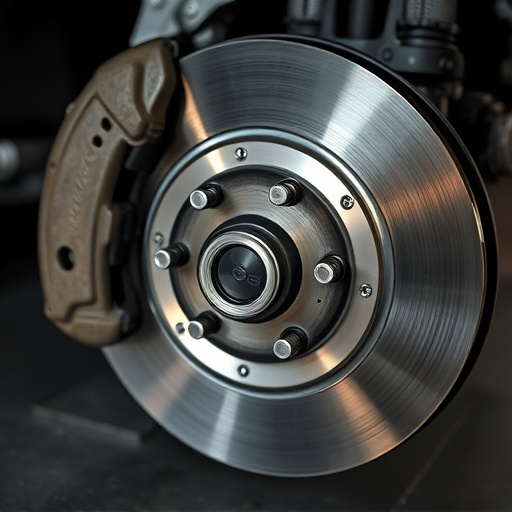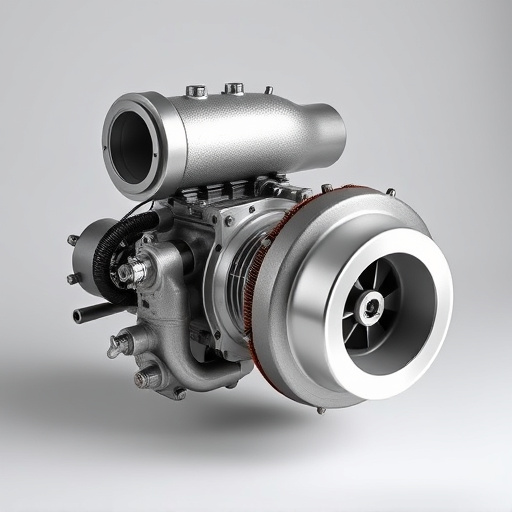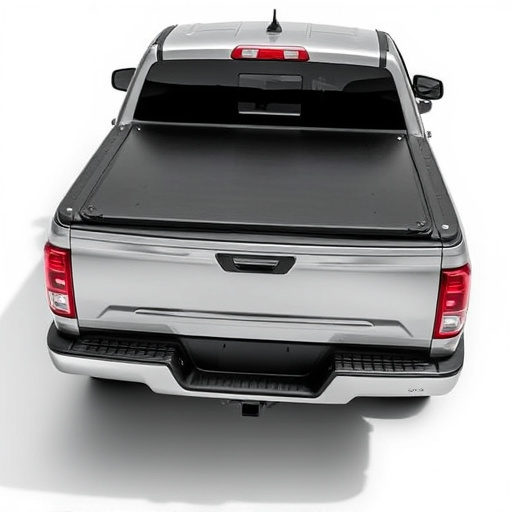Sway bar bushings connect the sway bar to your vehicle's chassis, absorbing shock and reducing vibrations during cornering and high-speed driving. Replacing worn bushings improves control, reduces body roll, and is an essential upgrade for better handling. Before installation, prepare your workspace with necessary tools, inspect other suspension components, and raise/secure the vehicle using jack stands. The installation process involves removing old bushings, cleaning mounting surfaces, inserting new ones, and tightening according to torque specs. Coincide with other critical component replacements for maximum performance gains.
Installing sway bar bushings is an essential task for car enthusiasts aiming to enhance their vehicle’s handling and stability. This step-by-step guide will walk you through the process, ensuring a secure and effective upgrade. From understanding the crucial role of sway bar bushings in your car’s suspension system to preparing your workspace, each section offers valuable insights. By following these detailed instructions, you’ll master the art of installing new sway bar bushings with confidence.
- Understanding Sway Bar Bushings and Their Function
- Preparing for the Installation Process
- Step-by-Step Guide to Installing Sway Bar Bushings
Understanding Sway Bar Bushings and Their Function
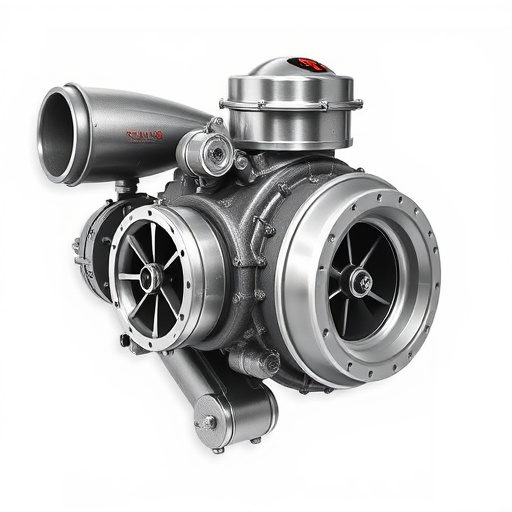
Sway bar bushings are crucial suspension components that connect the sway bar to your vehicle’s chassis. They play a vital role in enhancing the performance and stability of your car’s handling, especially during cornering and high-speed driving. These bushings act as a cushion between metal parts, absorbing shock and reducing vibrations caused by road irregularities. By replacing worn-out bushings with new ones, drivers can expect improved vehicle control and reduced body roll, making them an essential upgrade for those seeking better performance, specifically when considering suspension kits or muffler tips.
Understanding the function of sway bar bushings is key to recognizing their impact on overall driving dynamics. They are designed to allow some degree of movement while resisting excessive lateral shift, ensuring your vehicle maintains its stability and predictability in various driving conditions.
Preparing for the Installation Process

Before you begin installing new sway bar bushings, it’s crucial to prepare your workspace and gather all necessary tools. This includes jack stands for safe car support, a set of socket wrenches or ratchets in various sizes, and possibly an impact gun if you have one. Ensure good lighting so every bolt and component is clearly visible. It’s also wise to have some old rags on hand to protect your work area and prevent rust from forming on freshly painted surfaces.
Additionally, take a moment to inspect your car’s suspension components. While replacing sway bar bushings, you may notice other areas needing attention, such as worn out control arm bushings or loose suspension bolts. Addressing these issues during the same installation process can save time and money in the long run, especially if you’re looking to enhance performance with upgrades like high-performance brakes or even a new exhaust system.
Step-by-Step Guide to Installing Sway Bar Bushings
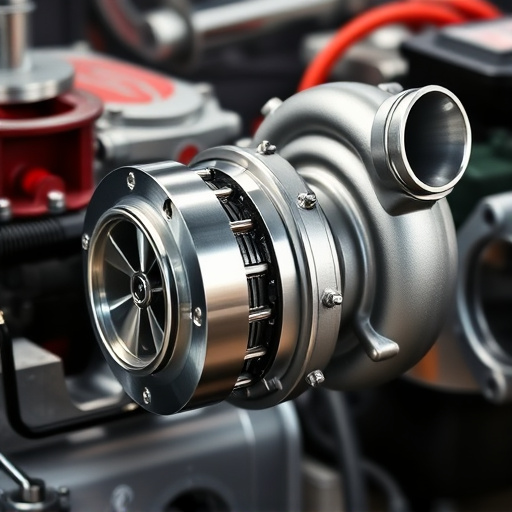
Installing sway bar bushings is a relatively straightforward process that can significantly improve your vehicle’s handling and stability. Here’s a step-by-step guide to help you through the process, ensuring a safe and effective installation. Begin by raising and securing your vehicle on jack stands for easy access to the suspension components. Next, locate the sway bar assembly, typically found between the front wheels, connected to the chassis via bushings.
Using suitable tools, carefully remove the existing sway bar bushings, taking note of their orientation. Clean the mounting surfaces thoroughly, ensuring no debris or dirt remains. Insert the new sway bar bushings, aligning them precisely with the mounting holes. Tighten the bushings securely using the appropriate torque specifications provided by your vehicle’s manufacturer. Don’t forget to check and replace other critical components like brake pads and brake rotors while you have access to the area, as these play a vital role in overall vehicle performance. Additionally, consider upgrading to high-performance air filters for enhanced engine efficiency and cleaner air intake.
Installing sway bar bushings is a straightforward yet important maintenance task that can significantly improve your vehicle’s handling and stability. By following this step-by-step guide, you’ve now gained the knowledge to effectively replace worn-out sway bar bushings, ensuring a smoother ride and enhanced safety on the road. Remember, proper installation ensures optimal performance, so take your time, gather the right tools, and soon enough, your vehicle will be ready to navigate turns with precision and confidence.


